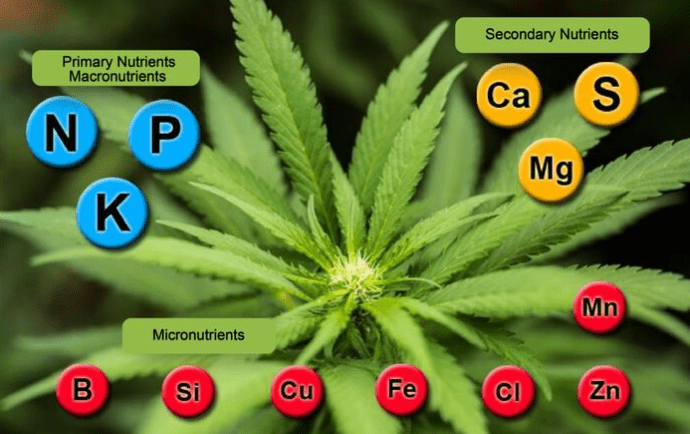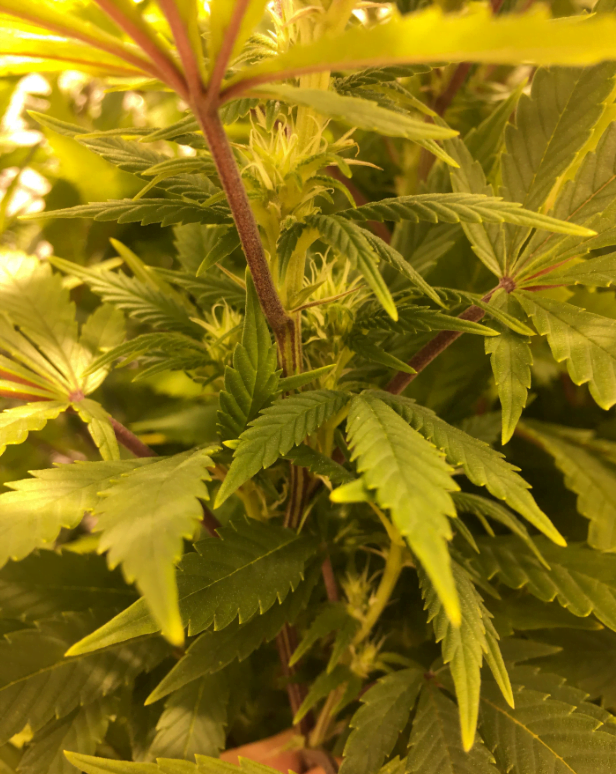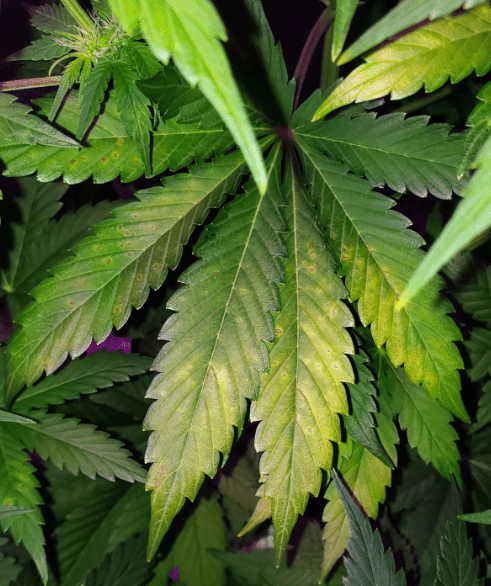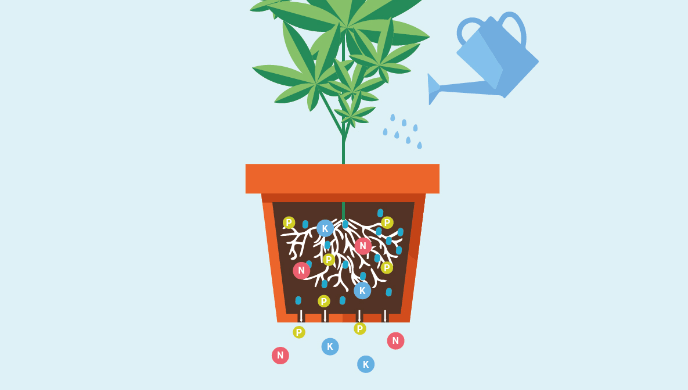English
When growing cannabis, it is very important to know what your marijuana plants need at each stage of their life cycle. When you have a clear understanding of which nutrients are used for what, you’ll gain a huge advantage in growing top-notch and abundant flowers.
Primary nutrients
They represent the 3 main nutrients. The N-P-K value indicates the amount of nitrogen, phosphorus and potassium. For example NPK 7-15-19 informs you that there are 7 parts nitrogen, 15 part phosphorus and 19 parts potassium.
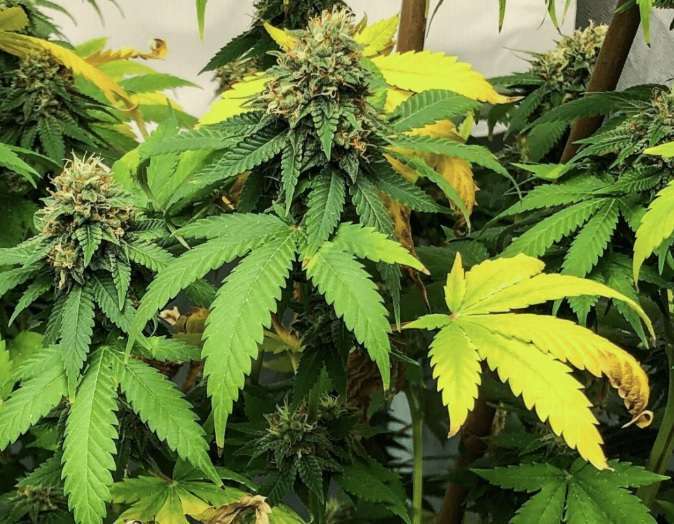

Nitrogen – (N) used to develop the leaves, stems and branches of marijuana plants. Nitrogen is also responsible for the formation of chlorophyll, which is used in the process of photosynthesis in the conversion of energy, amino acids and enzymes. Nitrogen use should be reduced once the marijuana plant begins to flower. Nitrogen deficiency can be detected when the cannabis leaves start to turn yellow and eventually fall off.
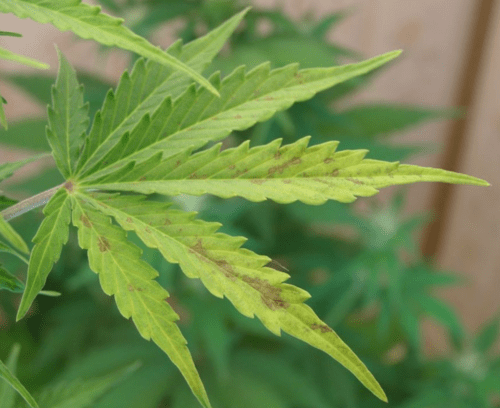
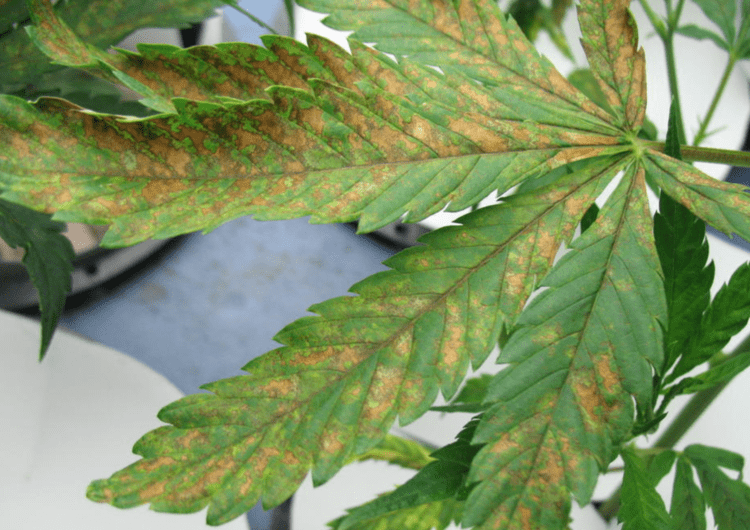
Phosphorus – (P) together with nitrogen, it helps healthy root development and allows the marijuana plant to form strong branches that can support the weight of future buds. Phosphorus is one of the main requirements for flowering cannabis plants. Phosphorus deficiency makes marijuana plants more vulnerable to pathogens and is identified by a change in stem and leaf colour from green to a purplish-reddish hue. Some varieties have red and purple tones naturally, however, in growth stage only rarely, so in most cases it is a phosphorus deficiency.
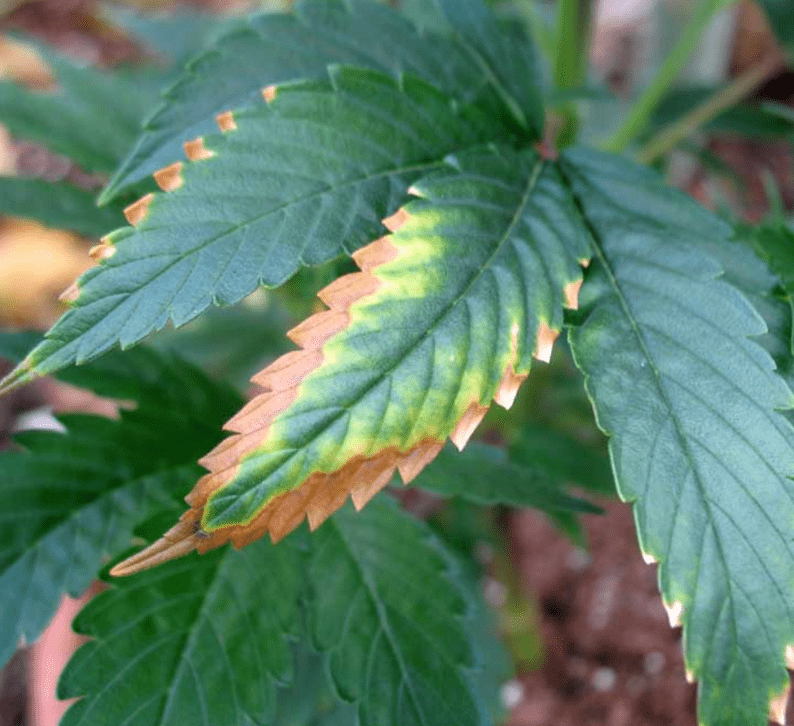
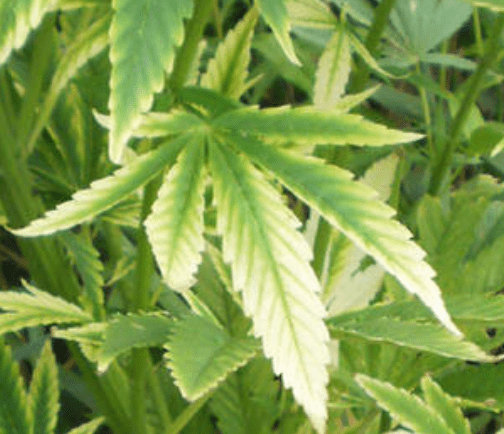
Potassium – (K) helps convert carbon dioxide, stimulates leaf growth and is an essential nutrient with potassium when marijuana plants start to flower. Potassium strengthens the stems and gives the plants a healthy and strong growth structure during the growing season. It also helps cannabis plants to better fight disease and use water more efficiently. Potassium deficiency in marijuana plants is manifested by yellowing of the leaves from the edges.
Explanation of trace elements
On the back of the nutrient bottle, you will also find a trace element analysis alongside the essential nutrients. As the name suggests, these micronutrients are needed by cannabis plants in much smaller proportions. The correct ratio of trace elements is extremely important.
Magnesium
is responsible for the function and production of plant enzymes, auxins and stem growth.
Calcium
helps in the transfer of nitrogen and sugars.
Sulphur
used to make growth hormones and vitamins and is considered an essential building block.
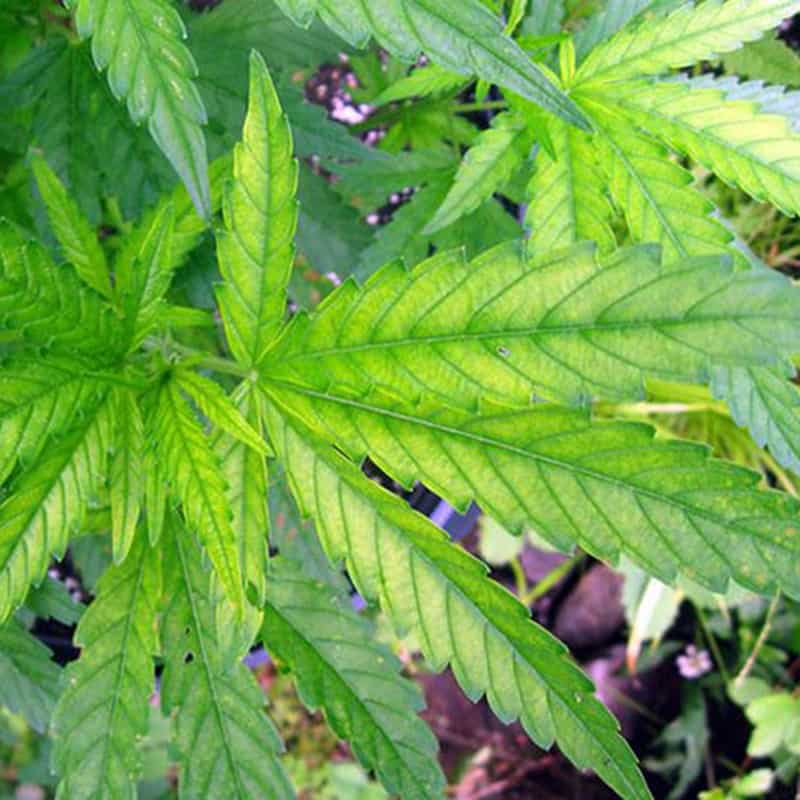

Zinc
along with other trace elements, is essential for the formation of enzymes and chlorophyll.

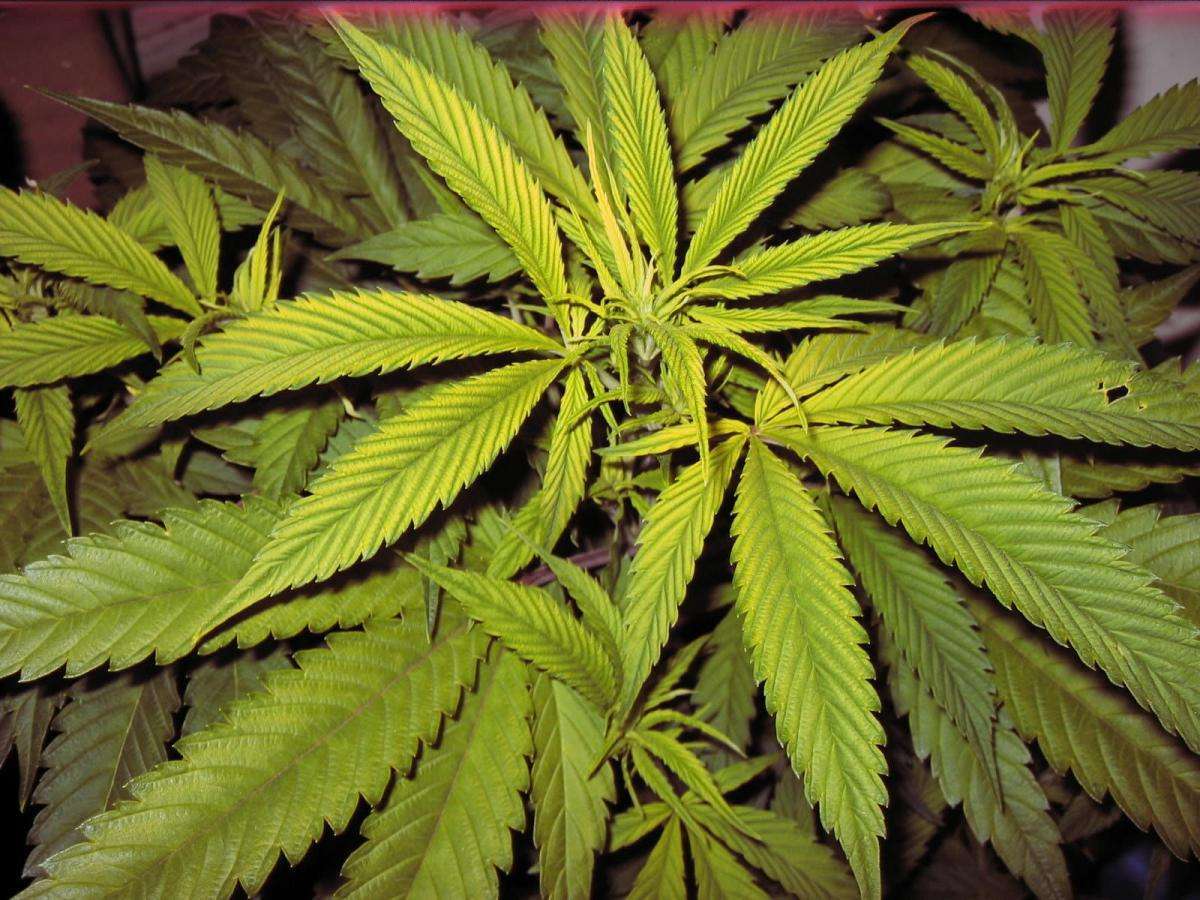
Iron
it is a catalyst for chlorophyll formation and also an easily absorbed element for roots.
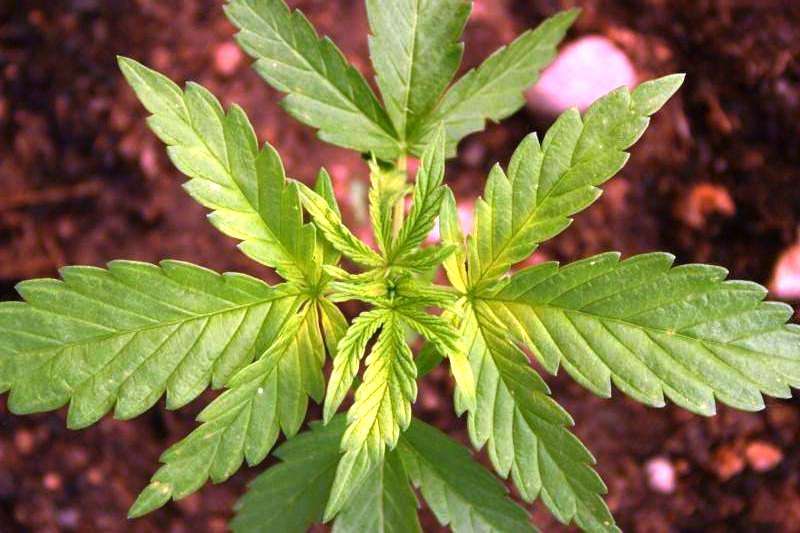
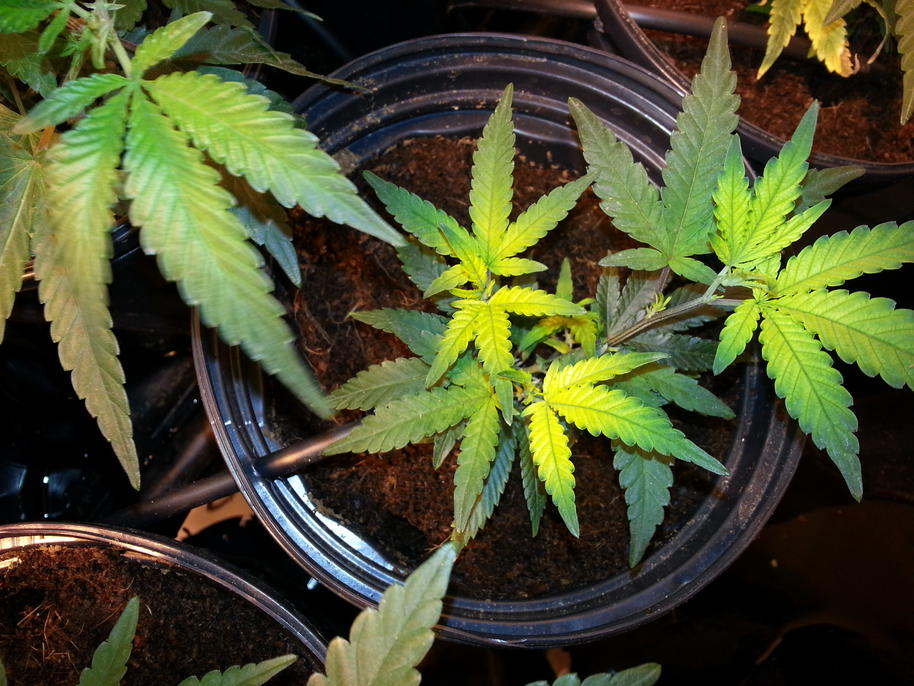
Manganese
essential for photosynthesis and enzyme production.
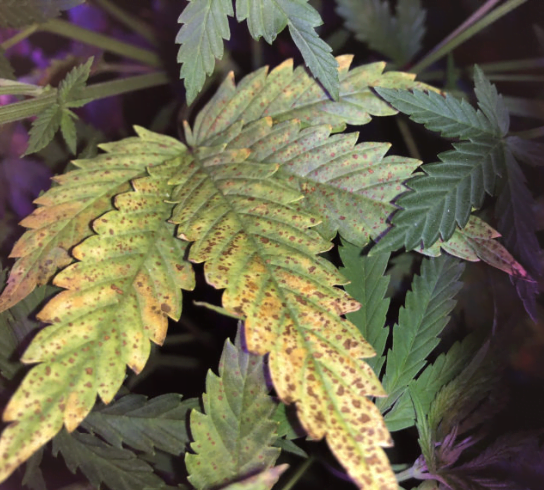
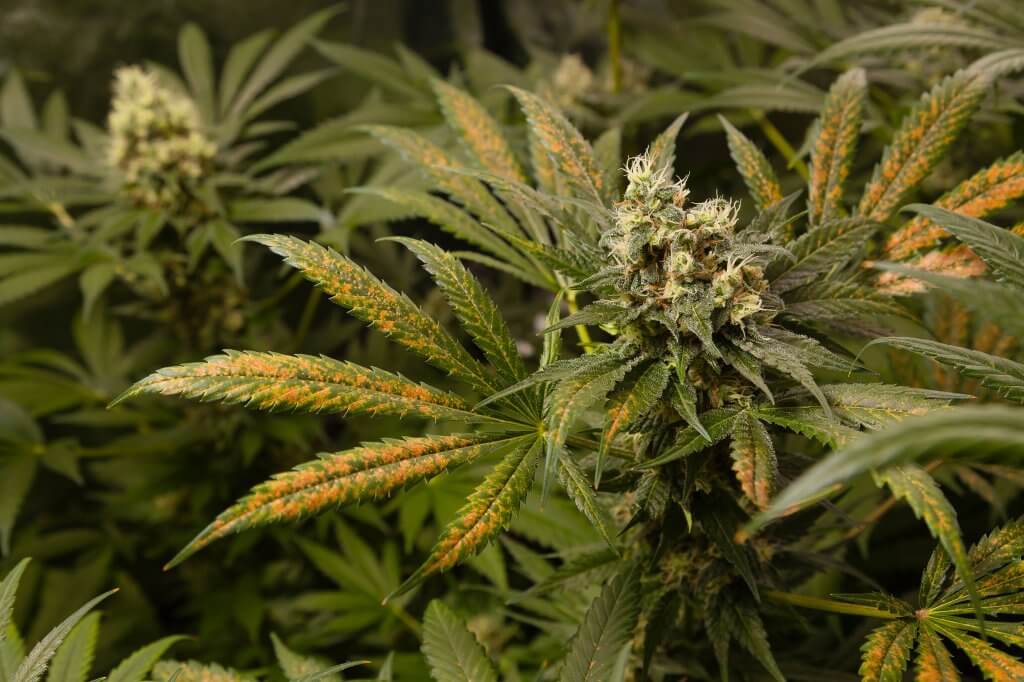
Boron
helps with calcium uptake and many other processes. It is an essential trace element that should be present throughout the development of the cannabis plant.
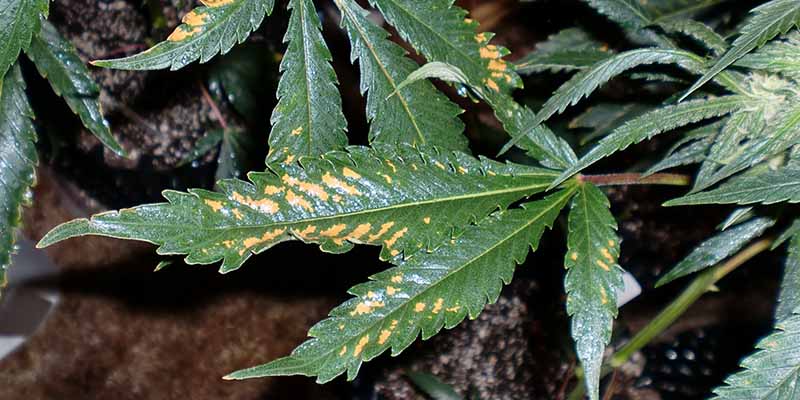
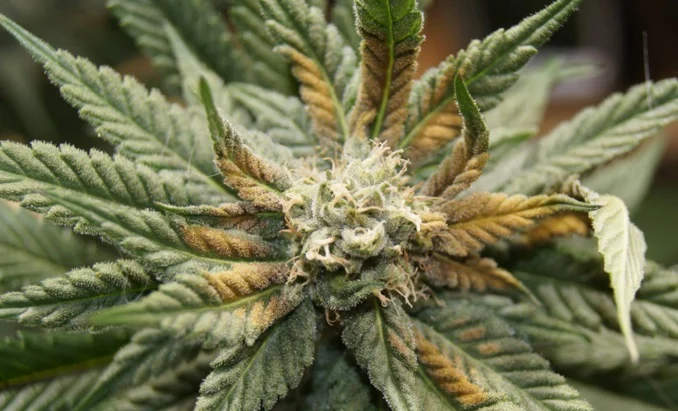
Cobalt
is a trace element that plants need, but many nutrient manufacturers add it in large quantities.
Chlorine
Chlorine in the form of chlorides helps photosynthesis and root formation. Marijuana plants have wilted chlorotic leaves that turn bronze in the absence of chlorine. The roots are stunted and thickened near the tips. Chlorine-deficient cannabis plants are pale and suffer from wilting.
Copper
Acts as a fungicide and also benefits the root zone in enzyme production.
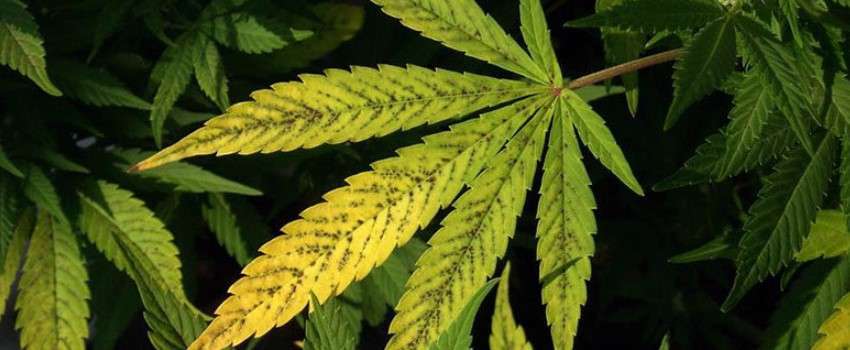

Molybdenum
an important component of enzyme production and plant function.
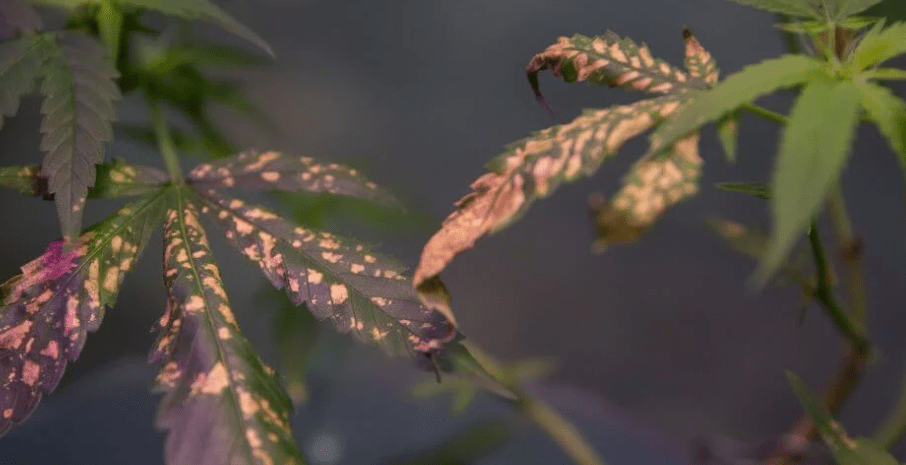
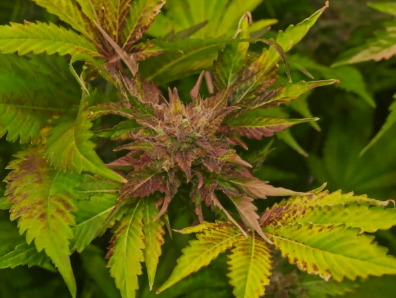
Nickel
Helps break down nitrogen and nitrates and acts as an enzyme. Nickel-deficient marijuana plants find it difficult to break down the waste product urea and produce an excess of it in their tissues. Symptoms of nickel deficiency include tip dieback of cannabis leaves.
Solid fertilisers
When it comes to growing cannabis plants on organic substrates only, most marijuana growers opt for nutrient-rich dirt for a few months to cover the vegetative phase.
You can buy substrate from grow shops that sell it specifically for cannabis plants. You can also buy liquid fertiliser to go with this substrate, which can be used together with the nutrients already in the soil. However, only water with a stable pH should be used.
Compost made from organic waste slowly decomposes during the life cycle of the cannabis plant. The compost is also rich in magnesium and full of beneficial bacteria and micro-organisms that work together to break down the organic matter and convert it back into the root zone.
Earthworm droppings are very beneficial for stimulating microbial life. The balanced N-P-K and trace element content makes the use of earthworm excrement a safe and trouble-free way to grow healthy and strong cannabis plants.
Liquid fertilizers
If you have decided to invest in a liquid fertiliser and follow the dosage table, you will find that different fertilisers are designed for different stages of the cannabis life cycle, from a rooting booster to a vegetative fertiliser to a fertiliser for flowering cannabis plants or a fertiliser for maturing cannabis buds.
Liquid fertilisers for application to the soil often consist of molasses made from sugar.
Other times it is humic acids, earthworm or bat guano extracts. When using liquid fertilizers, it is important to follow the dosage table and ensure that the marijuana plants are properly watered.
What are the benefits of flushing marijuana plants?
-flushing will improve the taste and aroma of your harvest
Before you decide to harvest your crops, you should thoroughly rid the cannabis plants of excess nutrients and minerals. These residues interfere with the natural flavour and aroma whether you grow in soil, coconut or hydroponically. Marijuana plants need time to use up all the nutrients previously stored in them.
For experienced growers, flushing is therefore a matter of course. If you are using fertilisers, especially mineral fertilisers, every manufacturer recommends that you plant a regular fertiliser and flush thoroughly before harvest.
When to flush before harvest.
- If you are growing in soil, start flushing 10 days seems as the best before harvest.
- If you are growing cannabis plants in a coconut, we are recommending 5-6 days of flushing before harvest.
- If you are growing marijuana in a hydroponic system, just flush the plants 3 days before harvest.
If you are growing with organic fertiliser, flushing is not absolutely necessary, but it certainly won’t spoil anything.
Summary
Fertilizing marijuana plants is a simple and easy process, especially if you follow the basic rules of fertilizing with water only or following a fertilization chart. Being able to recognize when a cannabis plant is nutrient deficient and act quickly will play a key role in how successful your harvest will be.
Published by Peca Sarm
30/06/2022choose and buy cannabis seeds from our offer
our pleasure

